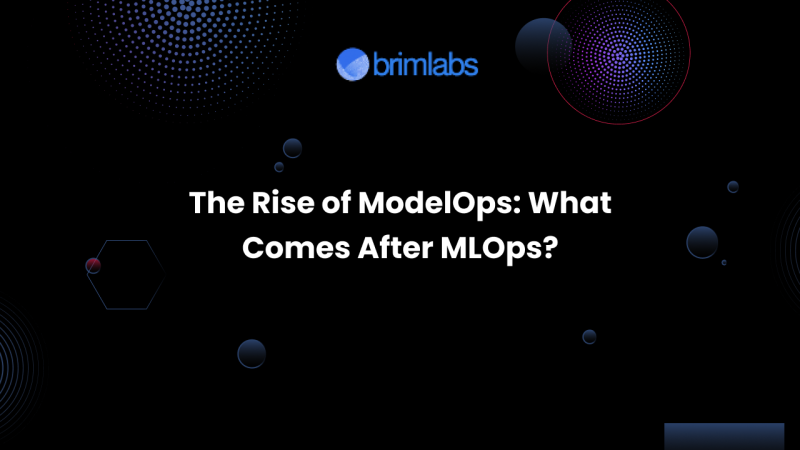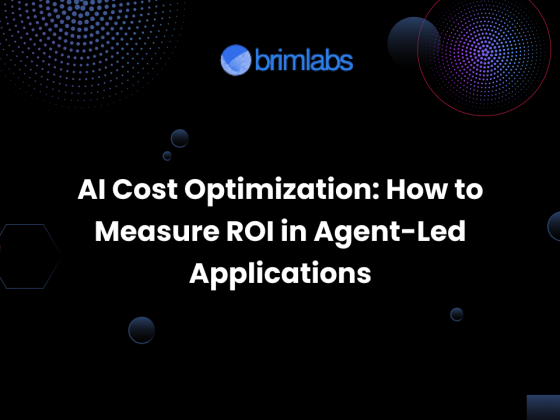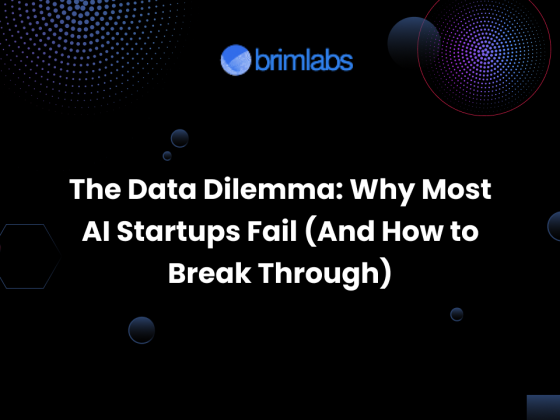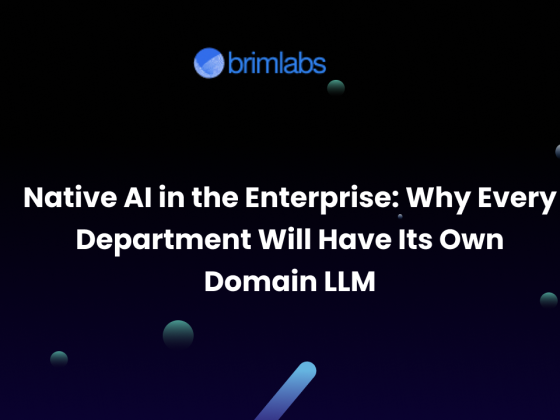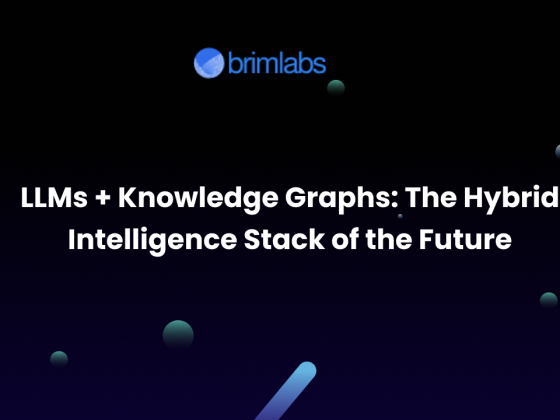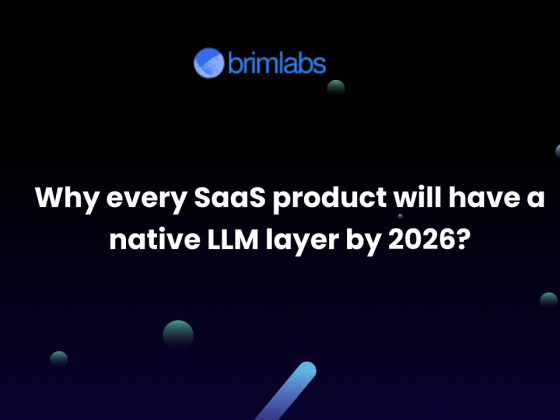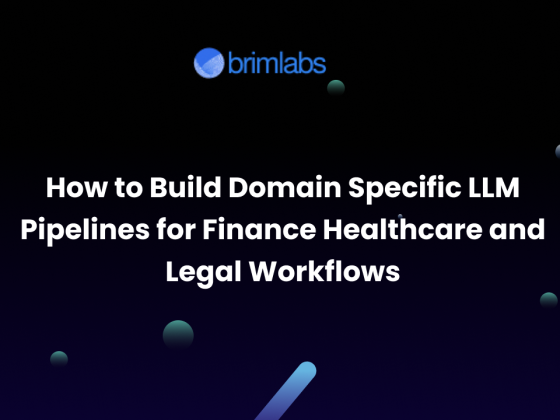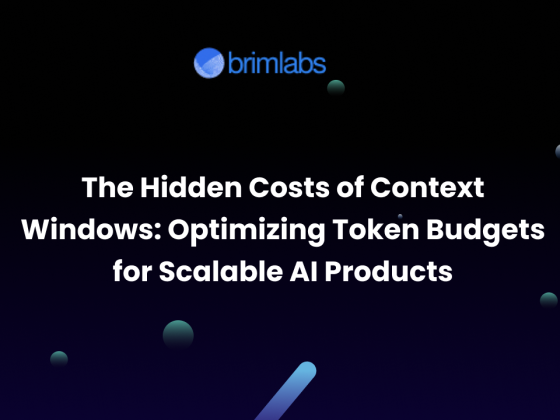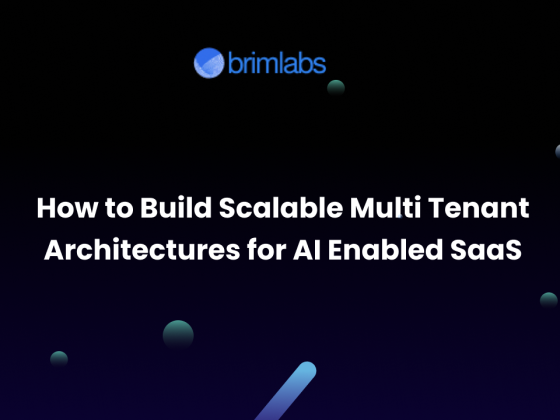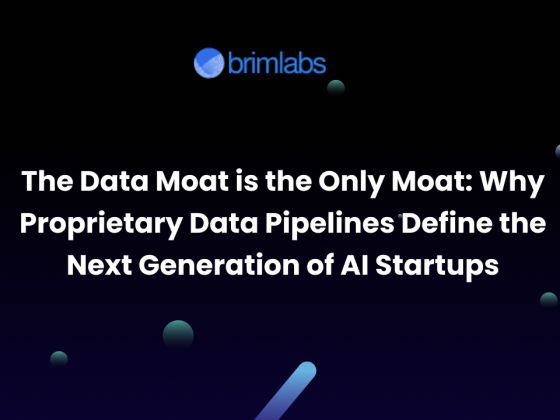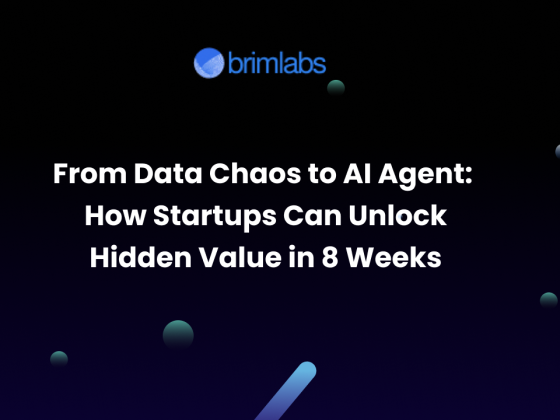MLOps was a game-changer. It brought order to the chaos of deploying machine learning models in production, automating training pipelines, managing versions, and enabling continuous delivery. But as AI systems have evolved into larger, more complex, and mission-critical engines, MLOps is no longer enough.
Enter ModelOps: a broader discipline that goes beyond just training and deployment. It addresses governance, lifecycle management, monitoring, risk, and compliance for all types of AI models, machine learning, deep learning, and now, increasingly, foundation models and LLMs.
So what exactly is ModelOps, and how does it differ from MLOps? What new challenges does it solve in today’s AI landscape?
Let’s break it down.
From MLOps to ModelOps: The Evolution
MLOps was built around traditional ML workflows, collecting data, training models, and deploying them using CI/CD pipelines. It focused heavily on engineering, automation, and reproducibility.
But as AI adoption expanded into regulated industries like finance, healthcare, insurance, and defense, the need for governance, auditability, security, and traceability became just as important as performance.
That’s where ModelOps comes in. It brings enterprise-grade practices to manage not just the deployment, but the entire operational lifecycle of AI models, especially in production environments.
What Is ModelOps?
ModelOps (Model Operations) is a discipline focused on governing, managing, and operationalizing AI models at scale, across diverse model types, teams, and business units.
Unlike MLOps, which centers on the development-to-deployment journey, ModelOps ensures the ongoing health, safety, and business alignment of models post-deployment.
It supports:
- Traditional ML models
- Decision models (e.g., rules-based or optimization engines)
- Generative AI models and LLMs
- Composite AI systems with multiple interconnected agents
Key Capabilities of ModelOps
Here’s what ModelOps brings to the table:
1. Model Governance and Compliance
ModelOps platforms track model lineage, ownership, metadata, and documentation. This is essential for compliance with regulations like GDPR, HIPAA, and SOC 2.
2. Risk and Bias Monitoring
It enables ongoing monitoring for model drift, fairness, explainability, and robustness—helping identify when models become risky or ineffective.
3. Cross-Model Lifecycle Management
Unlike MLOps pipelines tied to specific tech stacks, ModelOps supports heterogeneous models across business units, ensuring visibility and consistency.
4. Policy-Driven Deployments
ModelOps enforces deployment policies (e.g., only approved models go live), enabling safer rollouts and rollback mechanisms.
5. Integration with IT and Security
ModelOps connects AI workflows with ITSM, CI/CD, IAM, and cloud security tools, embedding AI governance into enterprise infrastructure.
Why Enterprises Need ModelOps Now
As AI projects scale across teams and geographies, organizations face challenges like:
- Siloed model deployments with no centralized visibility
- Inconsistent retraining or validation processes
- LLMs and agents deployed without usage or cost tracking
- Inability to explain model decisions to auditors or customers
- Risks of unmonitored AI behavior in real-time systems
ModelOps solves these by standardizing how AI is tracked, controlled, and improved in production.
ModelOps and Generative AI
With the rise of LLMs, multimodal models, and autonomous agents, traditional MLOps tools fall short.
Here’s where ModelOps is critical for GenAI:
- Prompt versioning and evaluation
- Guardrails and content filtering enforcement
- Fine-tuning lineage tracking
- Usage and cost observability for APIs
- Ethical compliance and hallucination monitoring
By offering a unified framework to monitor and manage these emerging components, ModelOps helps organizations tame the chaos of LLM deployments.
ModelOps vs MLOps: Key Differences
While they are complementary, here’s how they differ:
- Scope: MLOps focuses on ML model dev and deployment; ModelOps focuses on post-deployment lifecycle and governance.
- Model Type: MLOps is mostly ML-specific; ModelOps supports ML, rule-based, GenAI, LLMs, and more.
- Users: MLOps is often used by ML engineers; ModelOps is adopted by AI leads, compliance teams, and IT operations.
- Focus: MLOps drives speed and automation; ModelOps drives control, risk mitigation, and visibility.
Real-World Use Case: Financial Services
A multinational bank deployed hundreds of risk models across loan approvals, fraud detection, and pricing. Without ModelOps, model visibility was fragmented, audit trails were inconsistent, and regulatory pressure mounted.
By adopting ModelOps:
- All models were registered, monitored, and audited centrally
- Model risk dashboards enabled compliance reporting
- Alert systems flagged drift and triggered retraining
- Access controls ensured only validated models were deployed
This improved regulatory posture and operational efficiency while reducing compliance overhead.
How to Get Started with ModelOps
To implement ModelOps effectively:
- Centralize model inventory with metadata, ownership, and risk scores
- Define governance policies around model approval, deployment, and retraining
- Integrate monitoring tools for drift, bias, and performance alerts
- Establish audit trails for every model decision and change
- Collaborate across teams—bring together data science, IT, and compliance units
Several platforms like IBM ModelOps, Domino, ModelOp Center, Arize AI, and Fiddler offer tooling to support this framework.
Final Thoughts
MLOps laid the foundation, but ModelOps is what will truly scale AI in the enterprise.
As businesses deploy not just dozens but thousands of models and agents, ModelOps offers a structured, secure, and compliant way to manage this growing complexity.
Whether you’re operating in a regulated industry or managing multimodal AI systems, the future of responsible, scalable AI lies in embracing ModelOps.
Want to deploy enterprise-ready AI with governance built-in?
At Brim Labs, we specialize in building production-grade AI systems—now with ModelOps best practices from day one. Let’s build responsibly.

